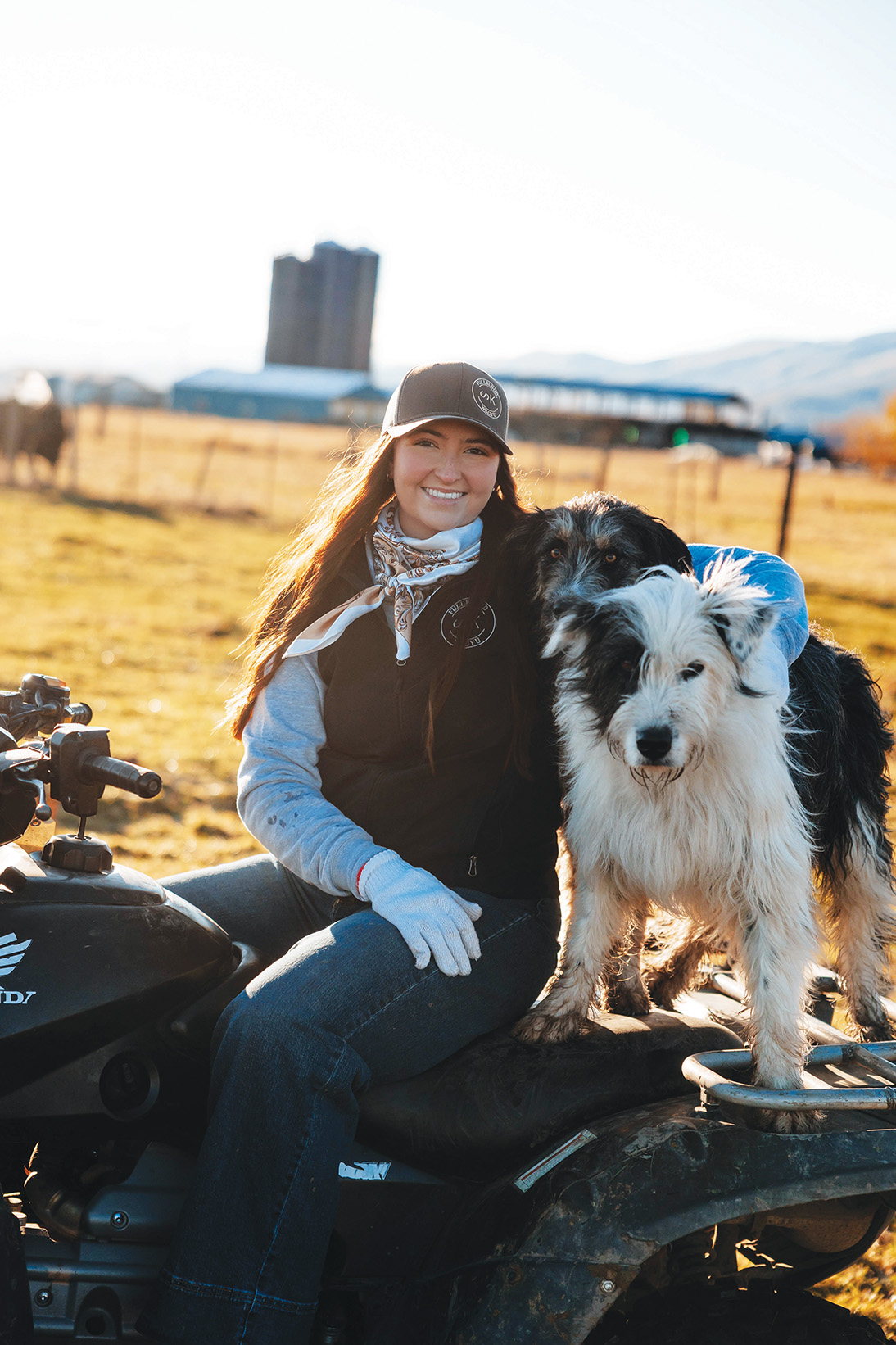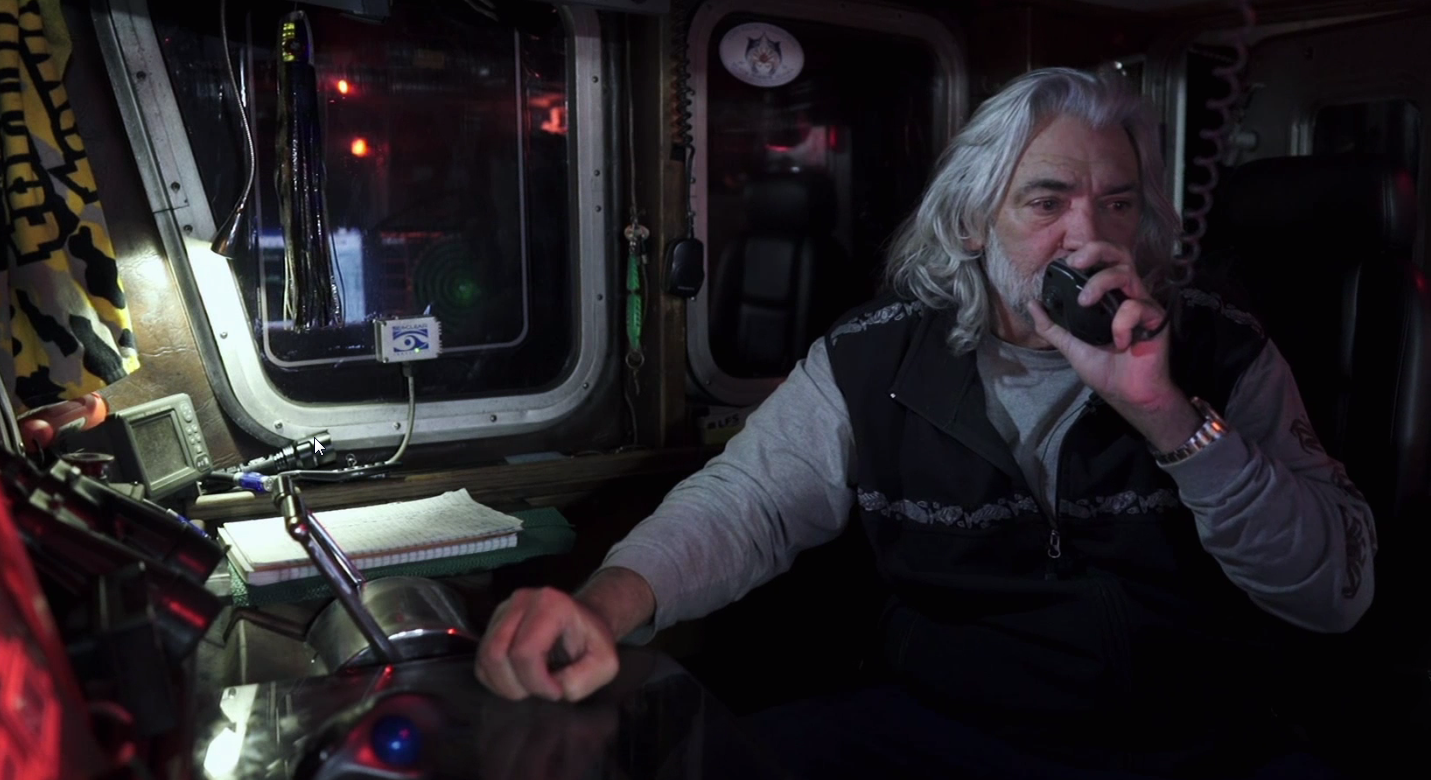EDITORIAL: Simple steps can reduce risk of vehicle fires
Published 12:00 pm Friday, July 21, 2023
The saying that it only takes a spark to ignite a wildfire is a tired cliché, but like most of those, it happens to be true.
Trending
Vehicles and trailers can produce a lot more than one spark.
And thousands of them roll through Northeastern Oregon every day.
Although lightning is the most common wildfire culprit in the region, vehicles also pose a threat.
Trending
So far this year, vehicles have ignited nine blazes on the Bureau of Land Management’s (BLM) Vale District, with seven of those starting along Interstate 84 between Baker City and Ontario, said Larisa Bogardus, public affairs officer for the Vale District.
Three of those blazes started between July 11 and July 17, including the largest, a 690-acre fire that started on the west side of the freeway near Farewell Bend and destroyed an outbuilding and corrals.
Some vehicle-caused fires are difficult, if not impossible, to avoid.
Although modern tires are quite reliable, they can fail. And when a tire blows on a vehicle traveling at 70 mph, the rubber can shred, causing the metal wheel to create a shower of sparks.
And with an abundance of sun-dried grass and brush growing in places right beside the freeway shoulder, the likelihood that those sparks will start a fire is high.
Notwithstanding such unpredictable situations, drivers can take simple precautions that reduce the chance that they will unwittingly ignite a blaze.
Many people haul a trailer, particularly during the summer when boating and camping are most popular. If you tow a trailer, make sure it’s roadworthy by doing a basic check that includes inspecting the tires, properly lubricating bearings and axles, and ensuring safety chains won’t drag on the pavement even when you hit a bump.
Also avoid overloading a trailer, as the extra weight increases the risk of blowing out a tire.
If you’re driving a car, truck or off-highway vehicle, remember that the catalytic converter and mufflers can exceed 1,000 degrees Fahrenheit. Avoid parking or driving over dry grass or vegetation, which can ignite if they touch a hot exhaust system.
Vehicles that are poorly maintained can backfire or shoot sparks from their exhaust. Off-highway vehicles are required to have a spark arrester.
When you’re traveling, carry a shovel and fire extinguisher.
These precautions needn’t be expensive. And they can save you not only the value of a burned vehicle, but potentially the much greater cost of putting out a fire, as people who are determined to be responsible for starting a blaze can be liable for suppression costs.









